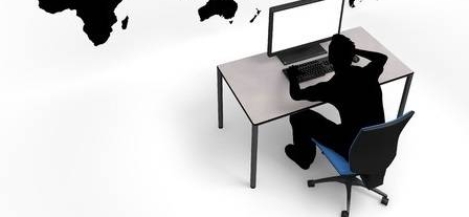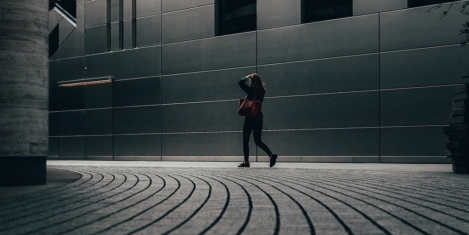July 12, 2017
Remote or home working more of a preference for baby boomers than millennials 0
 Perhaps it’s something to do with the housing issues many people from the younger generations now have to deal with; i.e. either live with parents or endure an overpriced house share, but those under 35 are reported to actually prefer working from the office to remote or home working. This differs from baby boomers, who would rather work from home. According to the survey by Maintel there are differing preferences between the multi-generational workforce, with those aged under 35 feeling they are most productive in the office (48 percent), while only 19 percent of those above 55 agree. Another reason why younger workers cling to the office is due to the fact that they require the face-to-face support of experienced co-workers. The survey also discovered that 28 percent found getting hold of colleagues or managers a challenge when working remotely. And it may also be down to the social aspects of office life and when seeking promotions – ensuring the visibility of hard work. On the other hand, older employees have responsibilities at home, and remote working allows them to be more efficient with their time.
Perhaps it’s something to do with the housing issues many people from the younger generations now have to deal with; i.e. either live with parents or endure an overpriced house share, but those under 35 are reported to actually prefer working from the office to remote or home working. This differs from baby boomers, who would rather work from home. According to the survey by Maintel there are differing preferences between the multi-generational workforce, with those aged under 35 feeling they are most productive in the office (48 percent), while only 19 percent of those above 55 agree. Another reason why younger workers cling to the office is due to the fact that they require the face-to-face support of experienced co-workers. The survey also discovered that 28 percent found getting hold of colleagues or managers a challenge when working remotely. And it may also be down to the social aspects of office life and when seeking promotions – ensuring the visibility of hard work. On the other hand, older employees have responsibilities at home, and remote working allows them to be more efficient with their time.









 A majority of workers (65 percent) now feel comfortable requesting to work from home, while a third (33 percent) of UK employees would decline a job offer if they weren’t able to work flexibly. This is according to a new study from Maintel which claims that today’s multi-generational workforce prefers flexible working to traditional office hours and location; with flexible work policies perceived as an important workplace benefit. Nearly three quarters (73 percent) of respondents say the company they work for has good flexible work policies in place, 64 percent of remote workers don’t feel micromanaged, and 58 percent would take the opportunity to spend even less time in an office, if it were available. Well over half (60 percent) of respondents believe technology can replace in-person interaction in the workplace. Yet there remain challenges with flexible work, including indifference regarding the security of company data (66 percent) and distractions at home (31 percent).
A majority of workers (65 percent) now feel comfortable requesting to work from home, while a third (33 percent) of UK employees would decline a job offer if they weren’t able to work flexibly. This is according to a new study from Maintel which claims that today’s multi-generational workforce prefers flexible working to traditional office hours and location; with flexible work policies perceived as an important workplace benefit. Nearly three quarters (73 percent) of respondents say the company they work for has good flexible work policies in place, 64 percent of remote workers don’t feel micromanaged, and 58 percent would take the opportunity to spend even less time in an office, if it were available. Well over half (60 percent) of respondents believe technology can replace in-person interaction in the workplace. Yet there remain challenges with flexible work, including indifference regarding the security of company data (66 percent) and distractions at home (31 percent).





















July 16, 2014
Keeping remote employees motivated is key to successful flexible working culture
by Gemma Falconer • Comment, Flexible working, Workplace
Flexible working has barely been out of the news since the latest government changes. But while allowing employees to work remotely can do wonders for staff retention, motivating them and keeping them in the loop presents a new problem. Although self-starting employees feel that they have more control over their work and fewer distractions, it can also lead to a sense of isolation. It is important for retention that you not just offer a flexible working option to employees, but that all the staff make an effort to continue allowing them to feel like a part of the team. The four best practices that will help you motivate employees that telecommute are: ensuring you build trust between those who telecommute and their colleagues from the start; establish regular communication between remote and in-office staff; manage goals, expectations and outcomes and take steps to establish that remote working is made part of the company culture. (more…)